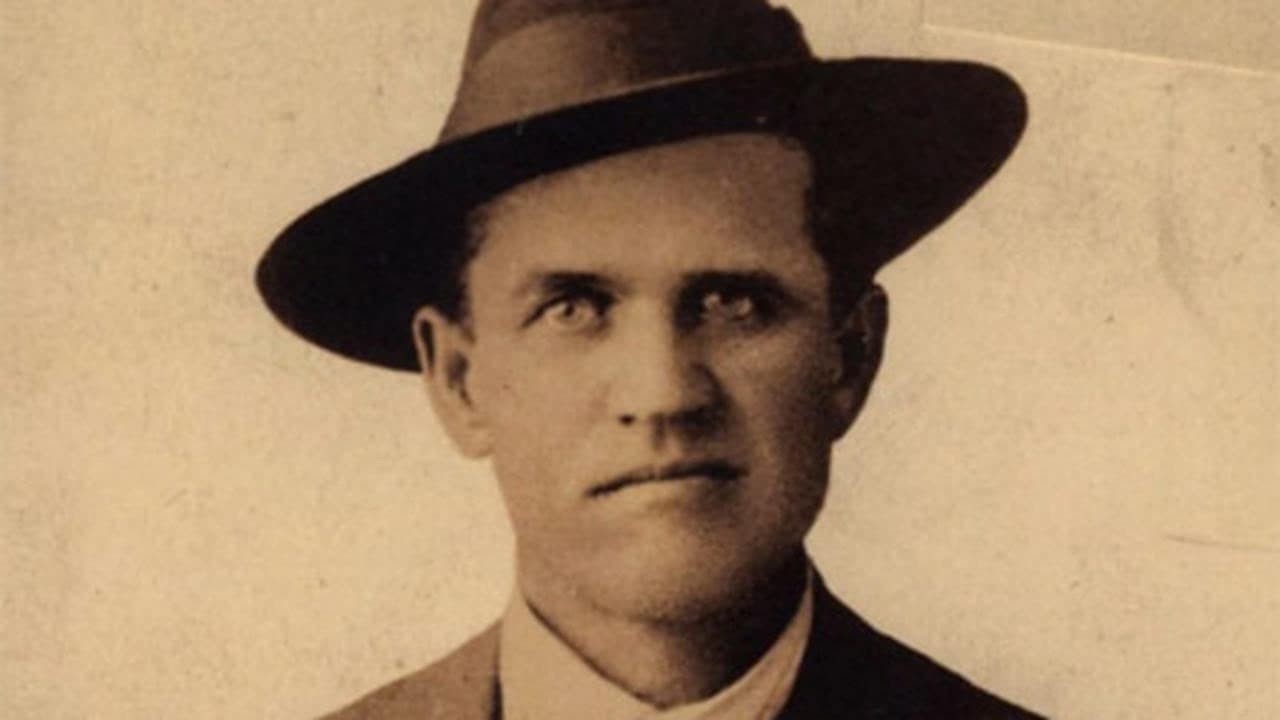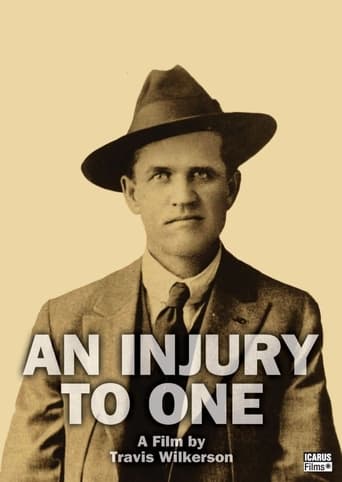

One of the best films i have seen
... View MoreBeautiful, moving film.
... View MoreA waste of 90 minutes of my life
... View MoreEach character in this movie — down to the smallest one — is an individual rather than a type, prone to spontaneous changes of mood and sometimes amusing outbursts of pettiness or ill humor.
... View MoreI happened to catch this film at the Sundance Film Festival while volunteering there about five years ago. I must admit that when I think back on that time, and the 20 or so films that I watched, this is the one that most sticks out in my mind (besides The Cream Master Cycle 3 and that says a lot!). It's so unique in it's form that you can't take your eyes off the screen not to mention that the little-known subject matter is absolutely fascinating... and devastating. It's too bad that reviewer's like "littlesiddie" can't get beyond there own politics and self "pretensions" to admit that this film has merit. They would probably prefer that the film place the blame on the mine workers for the downfall of their town and land. Is that the problem with the left? They care about the little people, the underdog, real democracy and justice? After decades of neglect the exploited people of this community are finally getting some justice, but not for littlesiddie...this is a travesty. His corporate buddies are being unfairly represented. Is that about right? You're concerned that some dead corporate elites are being wrongly exposed? Give me a break.
... View MoreAlthough not the best film I've ever seen, scarcely could one call it a dud. If one truly has an appreciation for avant-garde aesthetic, the film is a treat. Most of what Wilkerson presents can be corroborated in the bibliography on the Wobblies. However, in the case of Wilkerson's film, the aesthetic approach is very intriguing when compared to straightforward historiographic accounts, and thus, most welcome. It is representative of WWI working class life in the mines (focusing more on corporate espionage) and the collusion of corporations and the state in suppressing social justice. The leftist discourse in the film is drawn directly from the IWW personal journals, diaries and local newspapers, not Wilkerson himself.
... View MoreI finally saw this documentary last night at a local radical bookstore. I had read a fairly glowing review of it by J. Hoberman in the "Village Voice" about a year or so ago and had been curious to see it. Turned out to be a real dud. It was essentially an art school project. And it showed it in spades. It was ponderous, pretentious and preachy (please excuse the alliteration). The thinness of the material and the fact that the filmmaker was trying so hard to make the murder of Frank Little to be so very representative and monumental only showed how lazy he was in doing his homework. And the filmmaker had the unmitigated gall to slowly display the lyrics to 4 different labor songs, one word at a time. Total arrogant crap. And you wonder why the Left has lost so much credibility. This documentary made me very curious about many of the other details of the labor situation in Butte, Montana, at the time of the Little's murder. Personal journals, diaries and papers published by the workers themselves would probably be good source material. That would give me more of a feel for the everyday life of these people, not the fact that Frank Little made a brief appearance in their midst, stirred them up and was then summarily executed by the powers-that-be for his trouble.
... View MoreThis documentary about the miners and capitalists of Butte, Montana, is pretty good, considering it's part of someone's dissertation. Comprised mostly of lingering landscapes, stills, and narration, the film details the efforts of IWW activist Frank Little to organize the workers of Butte in 1917. The film also takes some surprising diversions regarding novelist Dashiell Hammett and McCarthyism and ends with a brief update on the dire condition of Butte and its environs in the twenty-first century. Though imperfect--the deadpan narration is a little too self-important, the utilization of Butte mining songs disengaging, and some camera shots tend to linger several seconds too long at times--this is a fascinating document of a little known period of American history. The soundtrack, provided by artists such as Low, Dirty Three, and Will Oldham, is particularly noteworthy.
... View More